Wall Paint Design: A Comprehensive Guide to Transforming Your Home in 2025
Table of Contents
Wall paint design choices can transform your entire living space from ordinary to extraordinary. Whether you’re planning a complete home renovation or just renovating a single room, the right paint colors and finishes form the foundation of your interior design vision. From understanding different paint types to mastering color psychology, this comprehensive guide will help you understand every aspect of wall painting to achieve professional results that reflect your personal style and enhance your home’s value.
Paint Types
Understanding paint types is crucial to any successful wall painting design project. Each finish has unique properties that affect appearance and function.
Matte Finish
Matte paint provides a velvety, non-reflective appearance, ideal for concealing surface imperfections. This paint is exceptionally suitable for bedrooms and dining rooms, where you want to create a warm, intimate atmosphere. However, matte paint can be difficult to clean and may show signs of wear more easily than other finishes.
Eggshell Finish
Eggshell paint offers a subtle sheen that lasts longer than matte paint, while maintaining a sleek appearance. This versatile paint is suitable for living rooms, hallways, and bedrooms. It washes more easily than matte paint, effectively concealing minor wall imperfections.
Satin Finish
Satin paint strikes the perfect balance between durability and beauty. With its subtle sheen, satin paint is ideal for high-traffic areas such as kitchens, bathrooms, and children’s rooms. It’s also easy to clean and moisture-resistant, making it a practical choice for busy homes.
Semi-Gloss Finish
Semi-gloss paint offers excellent durability and moisture resistance, making it ideal for trim, doors, and cabinetry. While it reflects more light and highlights wall imperfections, its easy-to-clean surface makes it ideal for areas that require frequent washing.
Gloss Finish
High-gloss paint provides a durable, washable surface, although it’s typically used for trim, doors, and furniture rather than entire walls. This paint reflects soft light and requires careful surface preparation to avoid highlighting any imperfections.
Best Paint Colors for Every Room
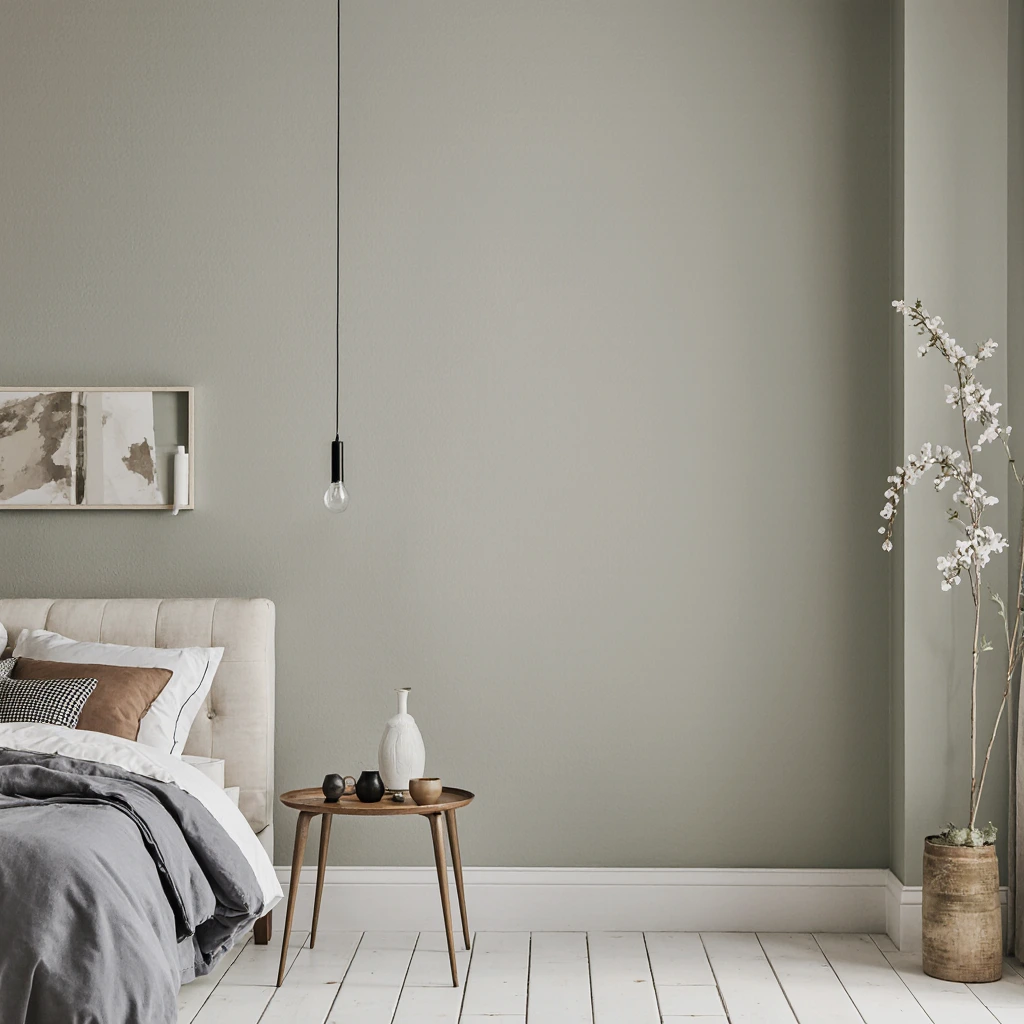
Choosing the right colors for your wall paint design depends largely on the room’s function, natural light, and the desired atmosphere.
Bedroom Paint Colors
Bedrooms benefit from calming, soothing colors that encourage relaxation and sleep. Soft blues, muted greens, and warm neutrals like beige, cream, and light gray create a serene atmosphere. Try dark walls in navy or deep green for a sophisticated look, or try a soft lavender for a romantic touch.
Kitchen Paint Colors
Your kitchen wall paint design should complement your cabinets and countertops, while creating an inviting cooking space. Classic white and cream shades remain popular for their timeless appeal and ability to make spaces appear larger. Bold colors like sage green, deep blue, or warm terracotta add a touch of personality while maintaining practicality.
Bathroom Paint Colors
Bathrooms require moisture-resistant paints in colors that feel fresh and clean. Light blues, soft greens, and crisp whites are excellent choices that create a spa-like atmosphere. For bathrooms, consider bold colors like navy and black or rich jewel tones for a distinctive effect.
Living Room Paint Colors
Living rooms are gathering spaces, so colors should create a welcoming and diverse atmosphere. Neutral shades like warm gray, beige, and taupe allow flexibility for décor changes. For more personality, consider feature walls in rich colors like deep teal, burgundy, or charcoal gray.
Paint Color Combinations and Patterns
Creating harmonious color schemes throughout your home requires understanding how different colors work together in wall paint designs.
Neutral Color Combinations
Neutral color schemes, which include white, gray, beige, and taupe, add a touch of elegance and sophistication to timeless interiors. These combinations complement any decor style and add a touch of sparkle to furniture and artwork. We recommend varying base colors—cool gray with underlying blues, versus warm gray with underlying browns—to add depth and interest.
Bold Color Combinations
For those who love vibrant spaces, bold color combinations can achieve stunning results. Navy and gold, emerald and coral, or deep purple and taupe create striking contrasts that infuse spaces with vitality and character. Follow the 60-30-10 rule: 60% dominant color, 30% secondary color, and 10% accent color.
Pastel Colors
Soft pastels create a calm and cheerful atmosphere, ideal for bedrooms, children’s rooms, and bathrooms. Mix soft pink with mint green, lavender with pale yellow, or powder blue with cream, for calming and harmonious color combinations.
Seasonal Inspiration
Spring colors like soft greens and blues, summer’s vibrant shades of coral and turquoise, the warmth of autumn with deep orange and red, and the coolness of winter with gray and white all inspire your wall paint design choices throughout the year.
DIY Painting Tips
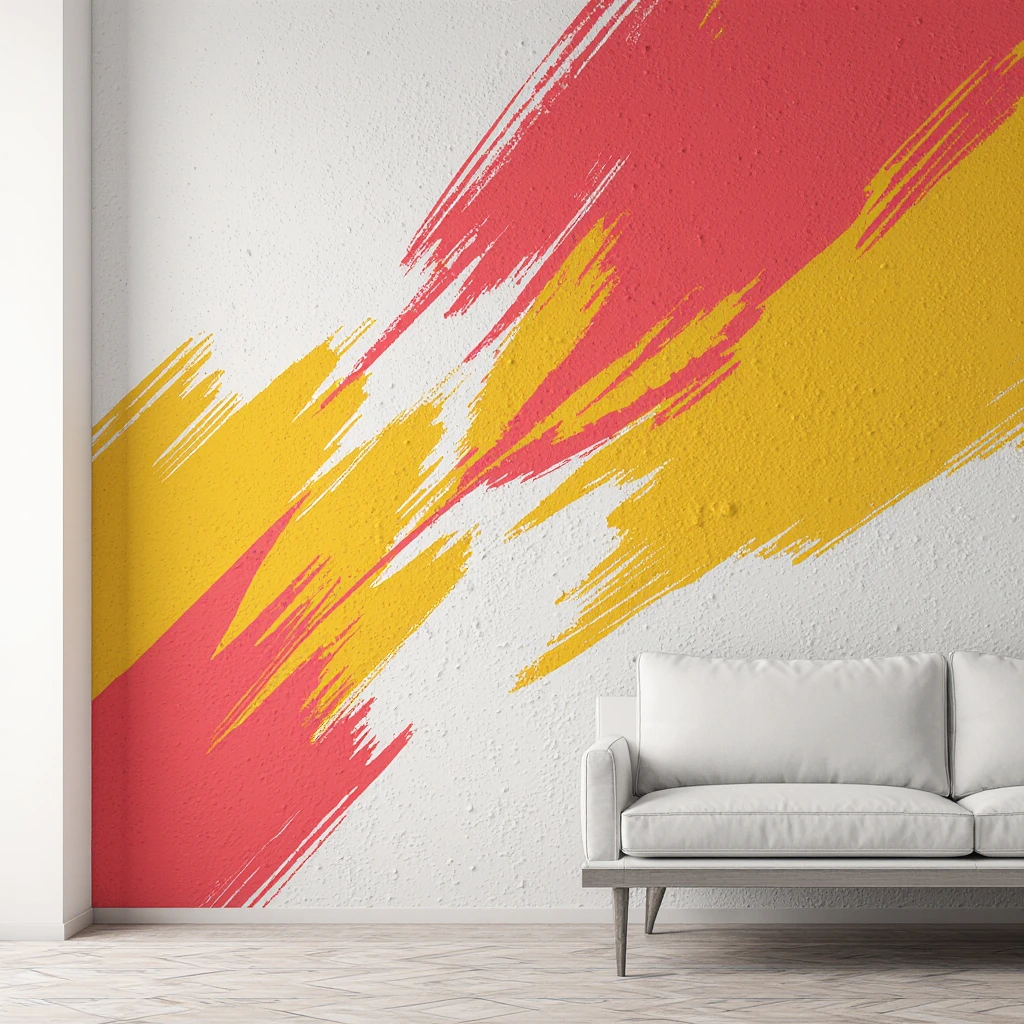
Achieving professional results in a wall paint design project requires proper preparation and technique.
Essential Tools
Invest in brushes, rollers, masking tape, protective cloths, and a high-quality primer. A good brush makes a huge difference in coverage and finish quality. Microfiber rollers are suitable for smooth surfaces, while textured rollers are best for textured walls.
Preparation Steps
Proper preparation is essential for long-lasting results. Thoroughly clean walls, fill holes and cracks, sand rough areas, and prime surfaces as needed. Remove plug and switchboard covers, and protect floors and furniture with protective cloths.
Painting Techniques
Apply paint in thin, even coats rather than trying to cover everything with one thick coat. Use a “W” pattern when applying paint to ensure even coverage, and keep a wet edge to avoid overlapping. Trim edges with a brush before painting the main wall area.
Common Mistakes to Avoid
Don’t skip a primer, especially when making dramatic color changes. Avoid painting in direct sunlight or high temperatures, and don’t rush the drying process between coats. Poor lighting during painting can result in missed spots and uneven coverage.
Detailed Budget Tips
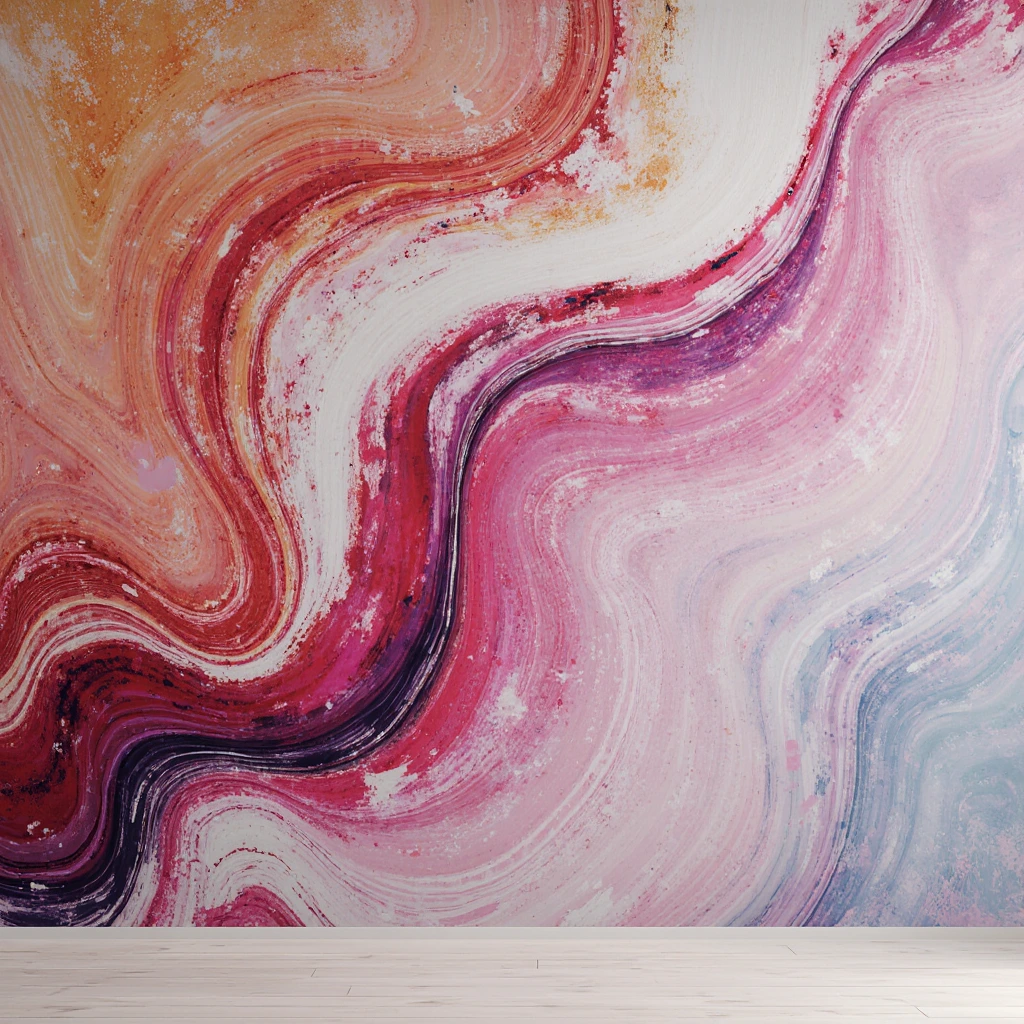
Understanding the costs of a wall painting design project helps you budget effectively and make informed decisions.
Estimated Costs Per Room
A typical bedroom (12 x 12 feet) may cost between $150 and $300 for paint and supplies, while a larger living room may cost between $200 and $500. Bathrooms typically range from $100 to $200, and kitchens from $200 to $400, depending on the cost of painting the cabinets.
Money-Saving Strategies
Buy paint during sales, often held in the spring and fall. Consider colored paint for significant savings if the color matches your design. Purchase high-quality paint brushes and rollers that can be reused for future projects.
Eco-Friendly Options
Low- or zero-VOC paints cost slightly more but offer better indoor air quality and environmental benefits. Many manufacturers now offer eco-friendly options in a wide range of colors without sacrificing performance.
Reuse and Recycle
Well-stored paint can last for years, making it worthwhile to purchase a little more than necessary for future touch-ups. Many communities offer paint recycling programs that help you responsibly dispose of unused paint.
Paint Trends and Inspiration
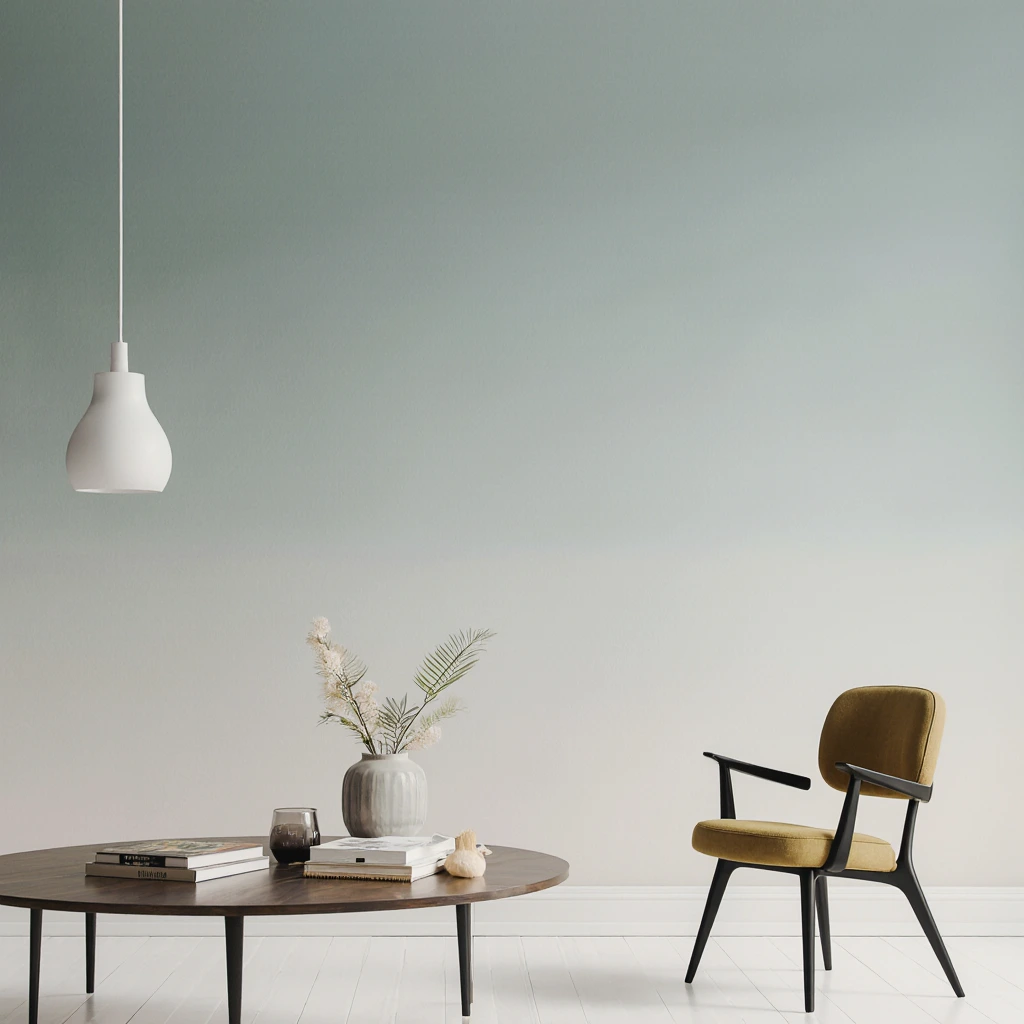
Keeping up with the latest wall paint design trends will inspire your next project, ensuring your home is modern and stylish.
Color Trends for 2025
Warm earth tones remain dominant, with terracotta, sage green, and warm white leading the way. Digital lime green and soft lavender have emerged as standout colors, while classic navy and forest green remain strong options for a statement look.
Bio Design Influence
Nature-inspired colors are growing in popularity, bringing a sense of the outdoors into the home. Moss green, sky blue, and sandy beige create associations with natural environments, promoting a sense of comfort and calm.
Extreme Trends
Bold and saturated colors are making a strong comeback as people seek to express their personalities through wall paint designs. Deep jewel tones, rich purples, and vibrant oranges are being used to create statement walls and exciting interiors.
Common House Painting Mistakes
Avoiding these common mistakes will help ensure your wall painting project achieves professional results.
Color Selection Mistakes
Choosing colors based on small cracks in the paint can lead to disappointment. Always test colors on large swatches on your walls under different lighting conditions before committing to an entire room.
Inadequate Preparation
Rushing to prepare often results in poor paint adhesion, visible imperfections, and a shortened lifespan. Take the time to clean, repair, and prepare surfaces thoroughly for best results.
Inappropriate Paint Type
Using interior paint outdoors or matte paint in high-humidity areas can lead to premature deterioration. Match the paint type to the application and environmental conditions.
Poor Technique
Applying paint too thickly, failing to maintain wet edges, or using old paint brushes and rollers can result in visible imperfections that affect the overall wall paint design.
How to Maintain Painted Walls
Proper maintenance prolongs the life of your wall paint design and keeps your home looking fresh and well-maintained.
Regular Cleaning
Clean walls regularly with a microfiber cloth or vacuum brush. For washable finishes, use mild soap and water, working from the bottom up to avoid leaving streaks. Avoid abrasive cleaners that can damage the paint.
Touch-Up Techniques
Reserve any remaining paint for touch-ups and store it properly to prevent a film from forming. When refinishing walls, soften edges to blend in with the existing paint, and consider refinishing entire sections of the wall rather than just small patches for better results.
Prevent Color Fading
UV exposure is the primary cause of paint fading. Use window shades to block harsh sunlight, and consider UV-resistant paint formulas for south-facing rooms that receive intense sunlight.
Remedy Damage
Treat dents, scratches, and holes immediately to prevent further damage. Small holes can be filled with filler, while larger damage may require patching and repainting larger areas.
Conclusion
The wall paint design journey doesn’t have to be stressful when you understand the basics of paint finishes, color selection, and proper application techniques. From choosing the perfect colors for each room to mastering DIY techniques and maintaining your beautiful results, these strategies will help you create stunning interiors that reflect your personal style while adding value to your home. Remember, great wall paint design isn’t just about color; it’s about creating spaces that make you feel comfortable, inspired, and proud of your home.
Try these ideas in your next home renovation and tell us how it turned out in the comments. Subscribe for more home decor guides!
Best Amazon Picks :
FAQs
What is the best paint for bathrooms?
Paints with a satin or semi-gloss finish are best for bathrooms because they are moisture-resistant and easy to clean. Look for paints specifically designed for high-humidity environments, and always use a high-quality primer designed for bathroom use.
How long should the paint dry before applying another coat?
Most paints require two to four hours between coats, but check the manufacturer’s recommendations. Factors such as humidity, temperature, and ventilation affect drying time. The paint should be dry to the touch and not sticky before applying the next coat.
How do I choose a color to match my furniture?
Start with larger pieces of furniture and choose colors that complement them rather than match them exactly. Pay attention to the color tones of your furniture—warm woods pair well with warm paint colors, while cool-toned furniture pairs well with cool paint colors.
Can I paint dark walls without a primer?
While high-quality paint with a built-in primer can sometimes cover dark colors, it’s usually recommended to use a separate primer for best results. This is especially important when transitioning from dark to light colors or when the existing paint is glossy.
What’s the difference between cheap and expensive paint?
Higher-quality paints typically contain better pigments and binders, resulting in better coverage, durability, and colorfastness. While higher price doesn’t necessarily mean better quality, investing in a high-quality paint often saves money in the long run through better performance and a longer lifespan.

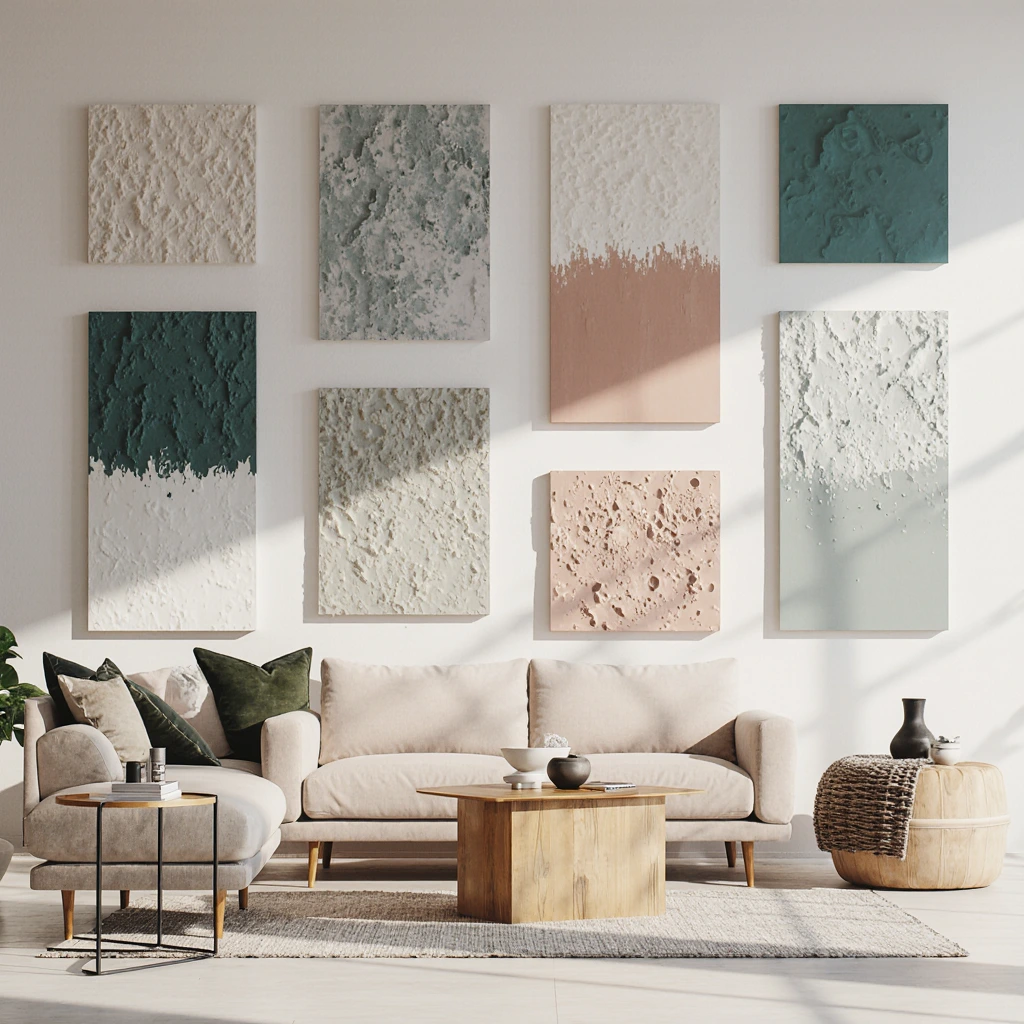
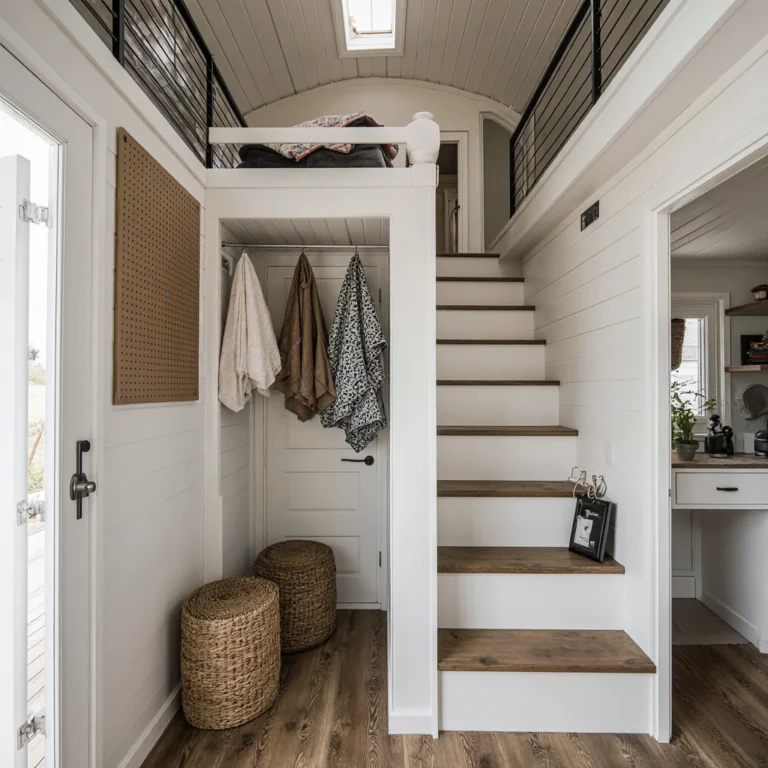
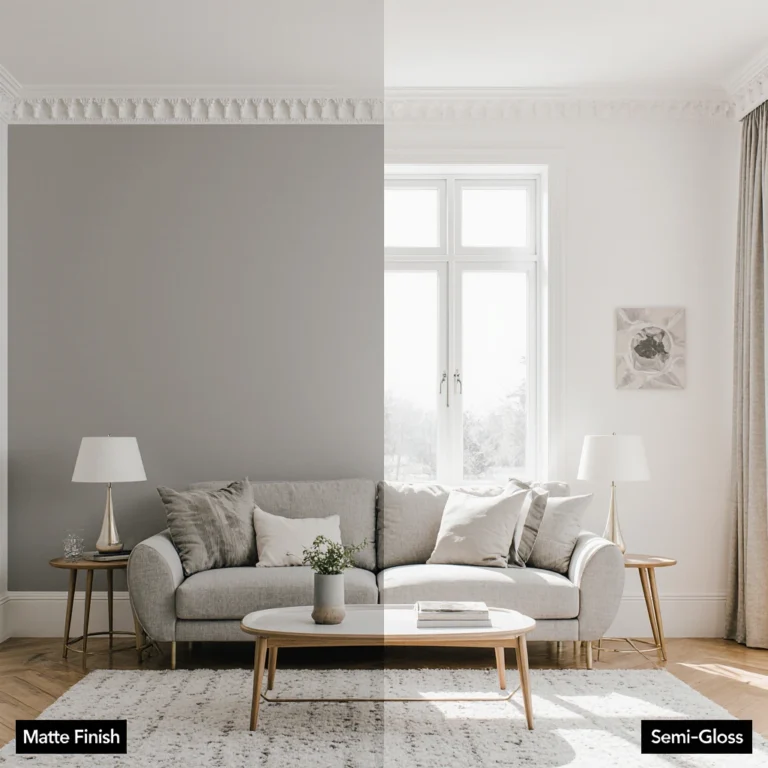
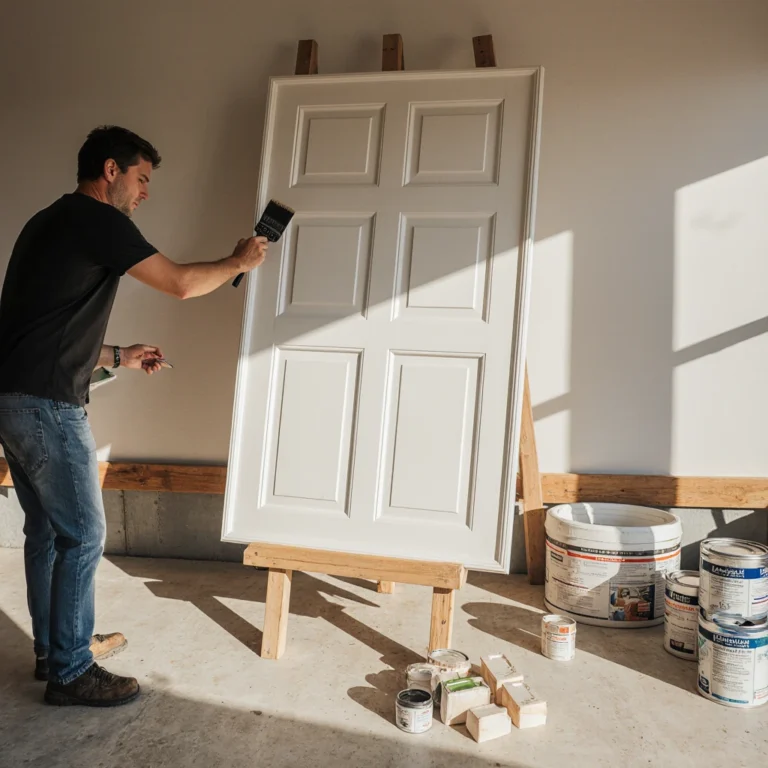
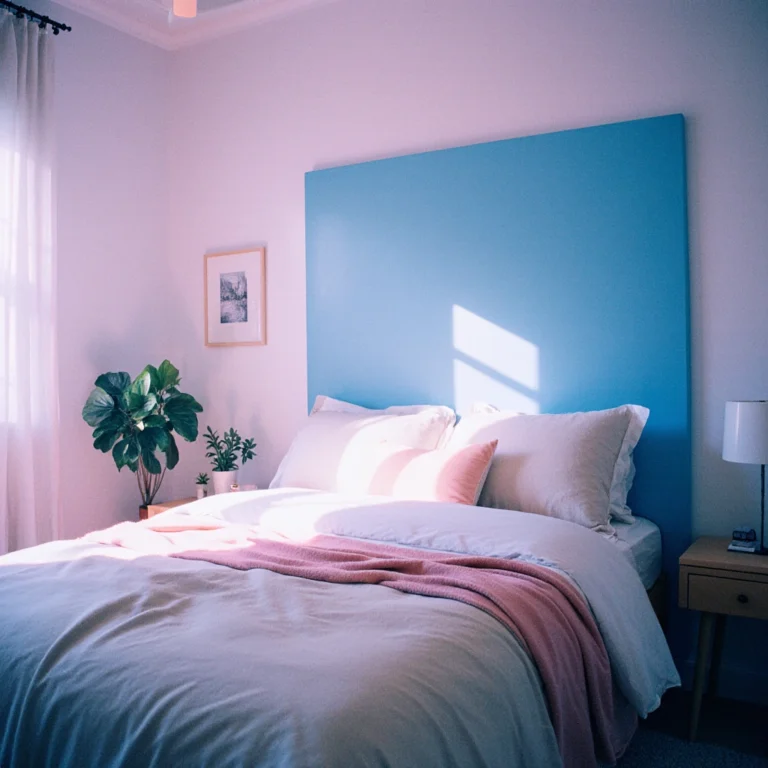
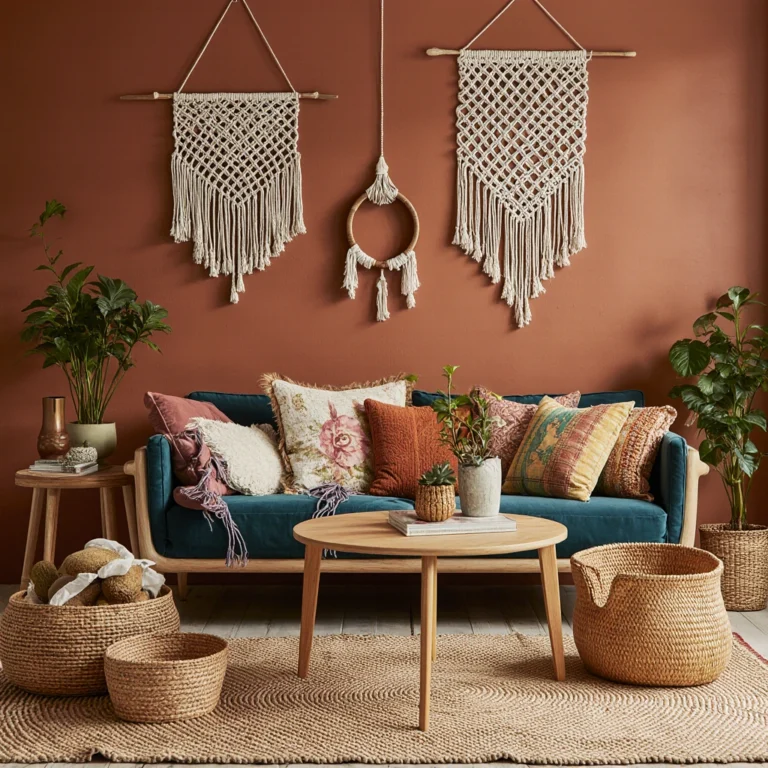
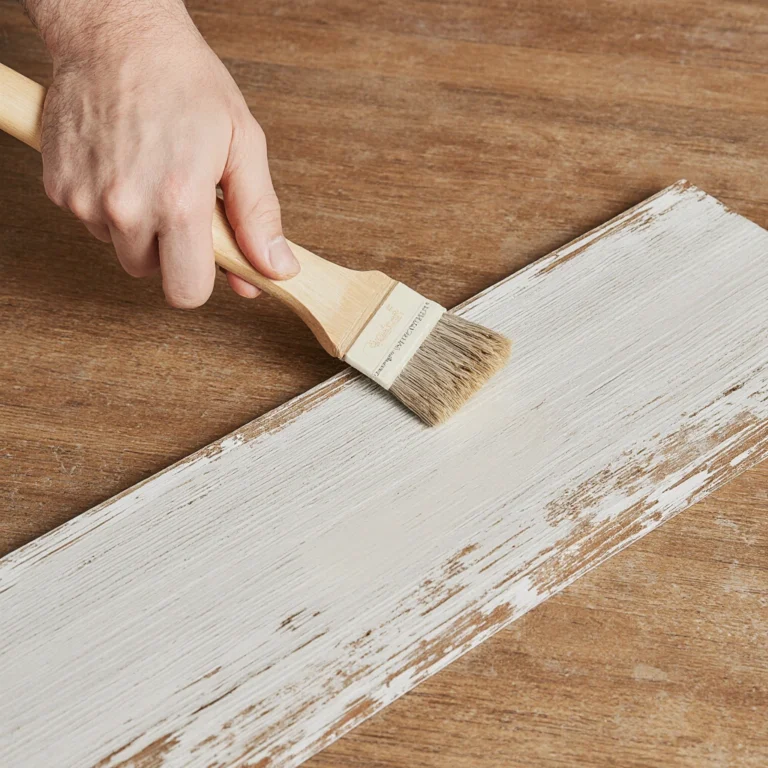
One Comment
Comments are closed.